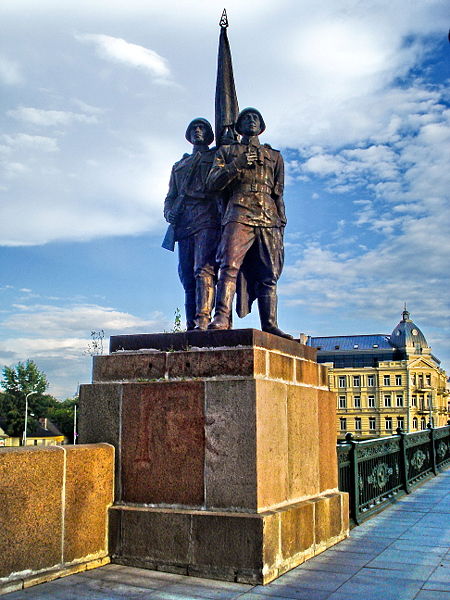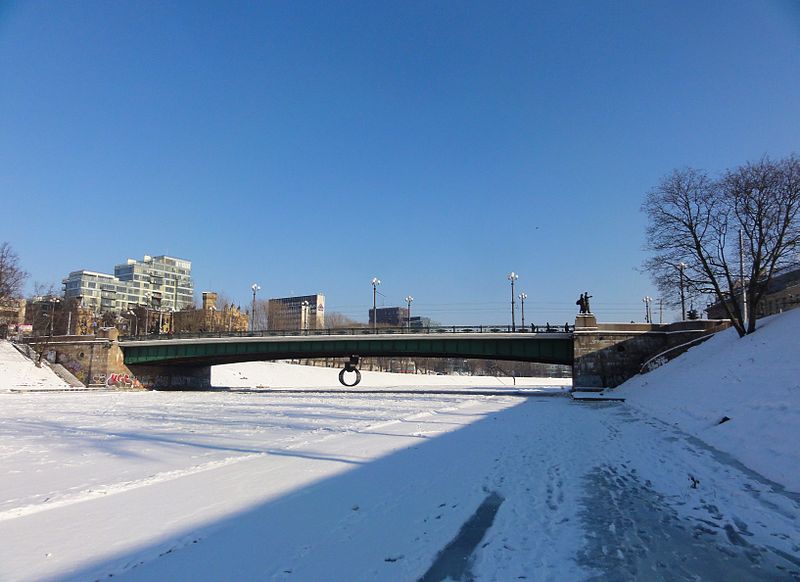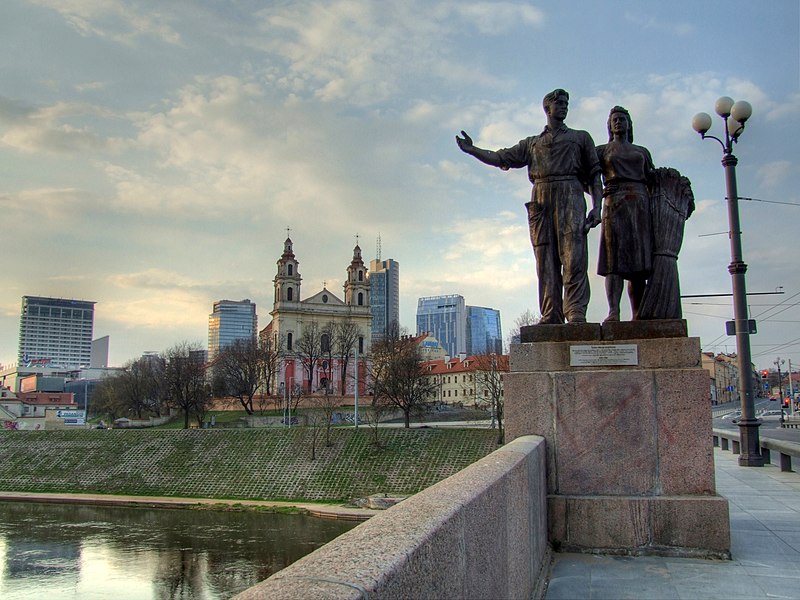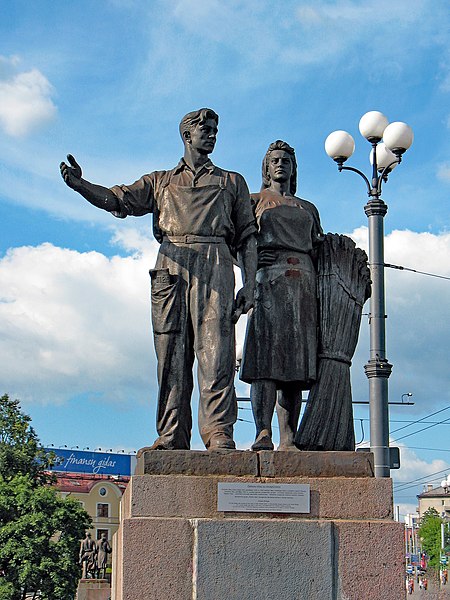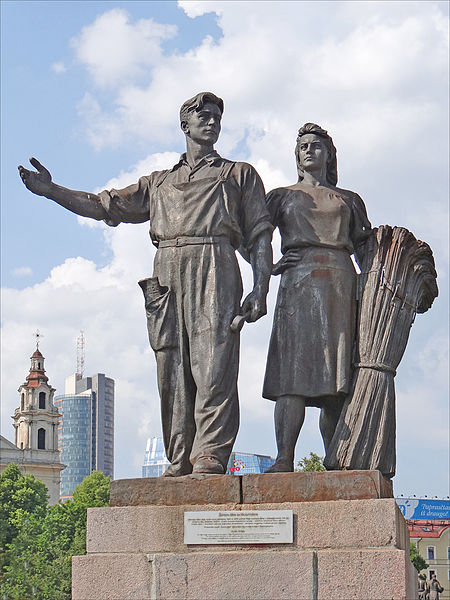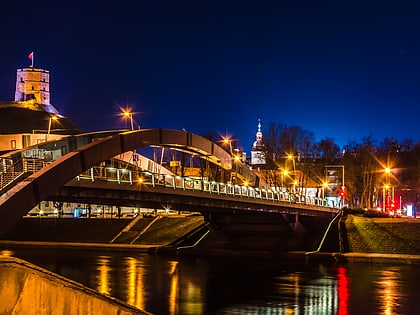Green Bridge, Vilnius
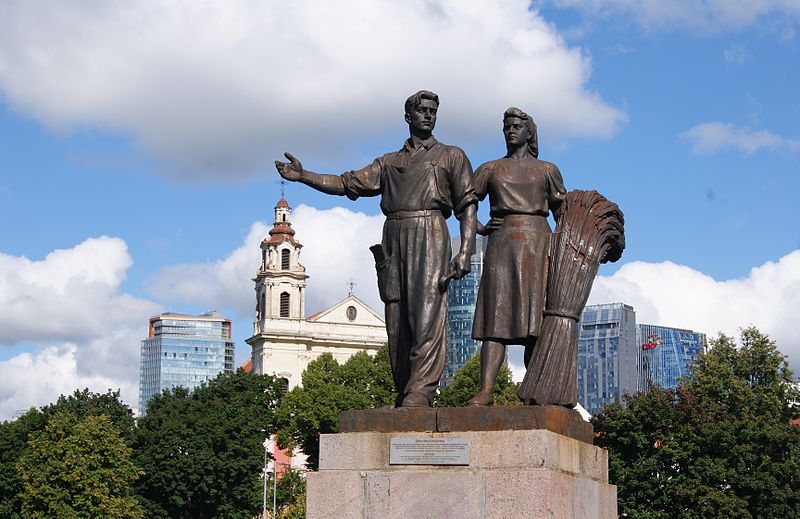
Facts and practical information
Spanning over the Neris River in Vilnius, Lithuania, the Green Bridge is an iconic structure with historical significance and a touch of controversy. Built in the 1950s, the bridge replaced a previous one that was destroyed during World War II. It connects the city center with the district of Šnipiškės, facilitating the movement of both pedestrians and vehicles.
The Green Bridge is known for its Soviet-era sculptures that once adorned its corners, representing the themes of agriculture, industry, peace, and youth. These sculptures made the bridge a unique testament to the city's past under Soviet rule. However, in 2015, the statues were removed due to their deteriorating condition and the debates about their representation of Soviet ideology, leaving the bridge's pedestals empty.
Despite the removal of its sculptures, the Green Bridge continues to be a significant landmark in Vilnius. It offers scenic views of the Neris River and the city's skyline, making it a popular spot for leisurely walks and photography. The bridge's robust, utilitarian design is a reminder of the post-war period of reconstruction and has become part of the urban landscape of Vilnius.
Green Bridge – popular in the area (distance from the attraction)
Nearby attractions include: Vilnius Cathedral, Raduškevičius Palace, National Museum of Lithuania, Cathedral Square.
Frequently Asked Questions (FAQ)
Which popular attractions are close to Green Bridge?
How to get to Green Bridge by public transport?
Trolleybus
- Green Bridge • Lines: 10, 12, 14, 6 (2 min walk)
- Operos ir baleto teatras • Lines: 10, 14, 17, 4 (4 min walk)
Bus
- Green Bridge • Lines: 10, 1G, 200, 3G, 43, 46, 52, 53, 56, 6G, 88, 88N (2 min walk)
- Operos ir baleto teatras • Lines: 200, 43, 46, 52, 56 (4 min walk)


